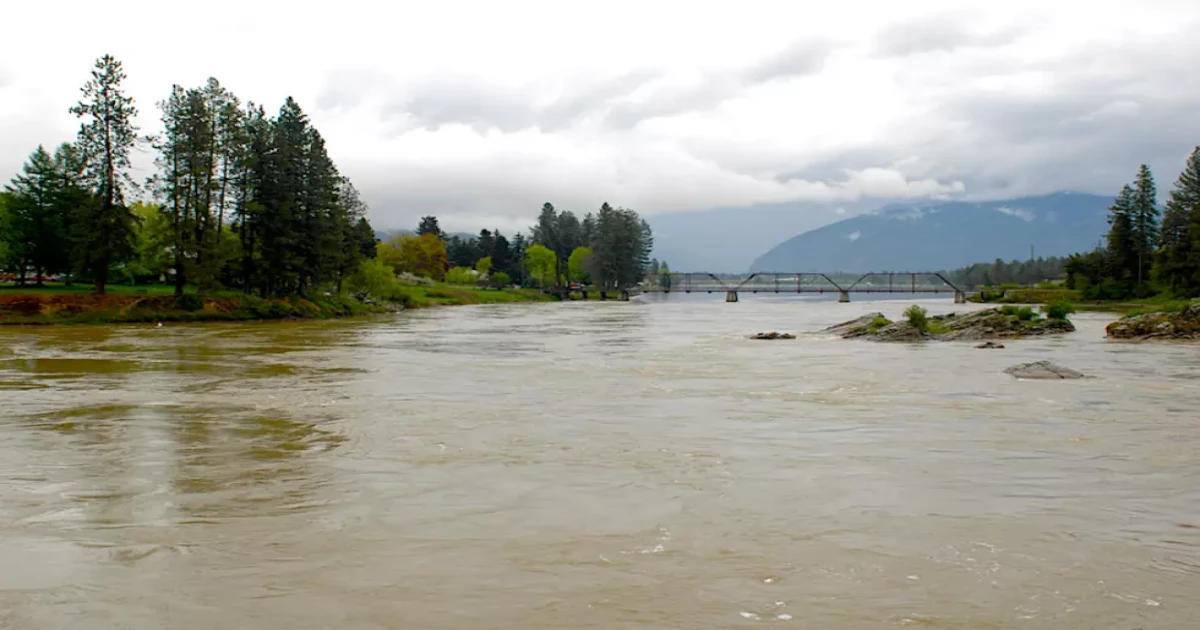MISSOULA — The hot weather has had a negative impact on the reservoirs of the lower Clark Fork River, resulting in the death of some fish due to low oxygen levels.
Anglers in Thompson Falls, Noxon, and Cabinet Gorge reservoirs reported dead or dying fish, prompting biologists from Montana Fish, Wildlife & Parks to investigate. They found that the dissolved oxygen in the reservoirs had decreased to levels that were insufficient for fish survival.
As water temperatures rise, the amount of dissolved oxygen decreases, causing stress to aquatic species. In some cases, fish are unable to obtain enough oxygen and perish. July’s high temperatures prompted fishing restrictions in Montana to protect trout from stress.
The warm water from the Clark Fork River flowed into the downstream reservoirs, where high air temperatures further elevated the temperature of the stagnant surface water. Shallow areas with decaying vegetation are more susceptible to low dissolved oxygen levels in the summer.
Instances of low dissolved oxygen can be detrimental to fish, especially if severe storms disturb the water and cause oxygen levels to drop throughout the waterbody. This was the case in Idaho’s American Falls Reservoir, where over 250 rainbow trout died from low oxygen levels.
Noxon and Cabinet Gorge reservoirs harbor invasive aquatic plants like Eurasian watermilfoil, which can contribute to degraded water quality and low-oxygen conditions harmful to aquatic life.
FWP urges anglers to report any findings of dead fish and states that fish kills can occur year-round due to various factors such as dissolved oxygen depletion, extreme water temperatures, and pollutants.
Drought conditions also exacerbate low dissolved oxygen levels by reducing the water volume in rivers and lakes. Additionally, excess nutrients from fertilizers or waste can lead to algal growth that further depletes oxygen.
More local news from KPAX





